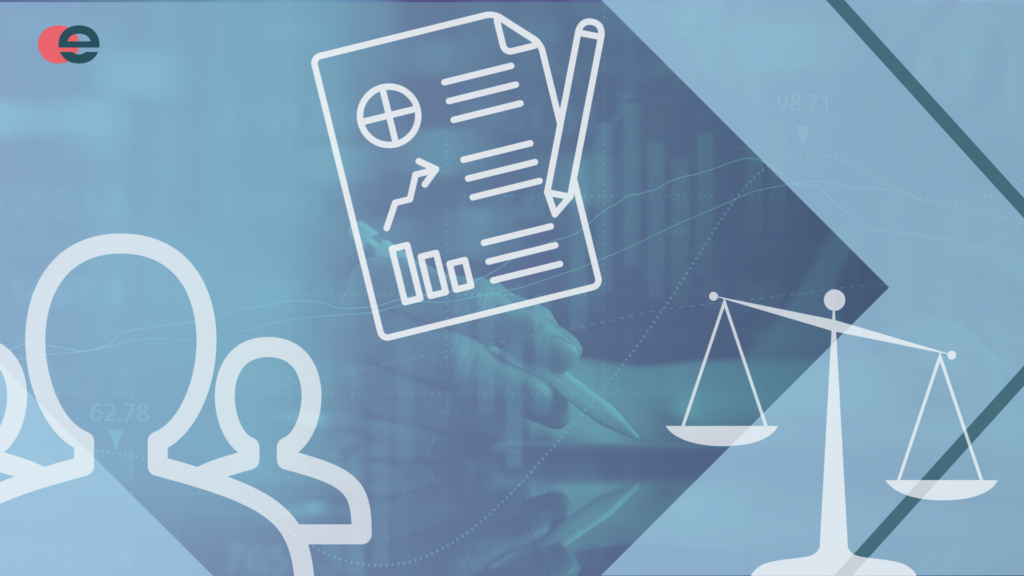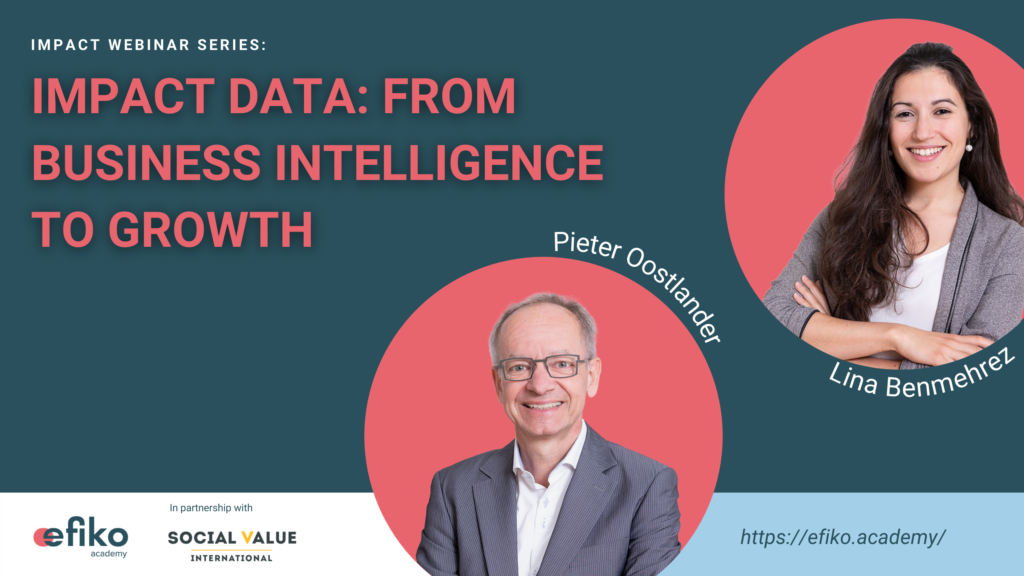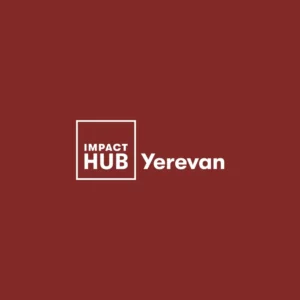The importance of impact-centered business has shown steady growth over the past ten years.“ Yet, it is still rather an exception than a norm in a world where financial returns play a far more prominent role than benefiting the community.
Why is that? A significant factor could be data, or the lack thereof: when results are put into numbers, people can interpret them, take conclusions, and create plans to do even better. Finance departments of corporations grew to become masters in projecting, tracking, reporting and acting upon financial data. But can the same be said about social and environmental impact data? How can organisations leverage impact data for decision-making, and why?
A measurable journey
When you go on a hike, in the woods or the mountains, you know where you want to go, right? Or at least you know which distance you want to cover, and perhaps even in what time you want to do so. You’ll use a map, your phone, wearable smart gadgets, and maybe a compass to reach your goal.
Same goes for impact performance: when you have a goal, you need definitions, tools and processes that help you measure where you are and where you are going. In the absence of it, you might just be creating zero impact or even unintended negative impacts on people and the planet. You are just blind in the absence of reliable data about the effects you or your organisation is having on its stakeholders.
What’s in it for me?
“Time is scarce, and in many cases money too. So why should I spend time and money tracking the impacts of my organisation?”, most organisations ask.
The starting point is to define clear objectives for your impact measurement journey. What are the strategic reasons you are doing this for? Can it help you design better products or services? Can it help you tap into new buckets of resources such as public funding or free support? Can it help you better segment your audience?

Impact measurement can serve all these purposes but it is up to you to clearly define your intentions. It’s the only way you can make this journey a value creating one, for society and your organisation.
Passing the Rubicon
As soon as an impact organisation starts to realise how they can leverage impact data to improve their business, the coin starts rolling. At that point, they have passed the muddy shores of doubt and finally reached the side of enlightenment. The real use of business intelligence is all about uncovering new ways to interact with stakeholders, and sometimes even new groups of stakeholders. It opens opportunities you may not have encountered otherwise.
Key is then to create a system that works for your organisation, allowing you to engage stakeholders to collect meaningful data, and leverage technologies to derive insights from that data.
First, you have to get to know your stakeholders and the effects of your products and services on them. You make surveys or call them to ask what their views are about how you are changing their life. Be open to unexpected answers – you well may have unintended positive and negative effects. This process allows you to truly give them a voice and influence your work. Your contribution is also a factor to observe now: what would happen if we didn’t exist? Are we the only one attributable to this change? Thinking about your uniqueness and value helps you understand whether it’s really you making that change, and it draws a more clear picture of your value proposition.
Subsequently, you will synthesise the data into comprehensive results. The survey responses can be aggregated into technologies that display results on a dashboard, for example. Organisations need these kinds of visualisation tools to efficiently derive valuable insights from the collected data.
Better be vaguely right, than precisely wrong
The focus should be on the usefulness of your data, not the precision, nor the perfection. That’s where the biggest fear lies with starting companies: they are afraid their time will be consumed by precision work and worrying about perfection.
However, a key phrase in the impact scene is “enough precision for your decision”, saying that you don’t always need those details and outstanding accuracy.
Impact management is a learning process that makes you increasingly better, more accurate, and creates a better understanding of where your organisation is, or should be going. It’s about leveraging impact data for insights, learning, and business growth.
The balance of an impact fund
As a fund trying to get a client started on Impact Management, you really want to handle a bottom-up approach. Investors dictating KPIs is a practice from the past, while now we are getting beyond that and encouraging clients to be the best in their field. But you do need data to achieve results: without impact data, the conversion will be about financial returns, because there you have data. As an impact fund, you need to keep the balance between social and financial risks and returns, for which business intelligence is needed.
Conclusion
See impact data not merely as a reporting tool to please investors, but also as a valuable source of insights for learning and improvements. You need to start leveraging impact data for business growth.









